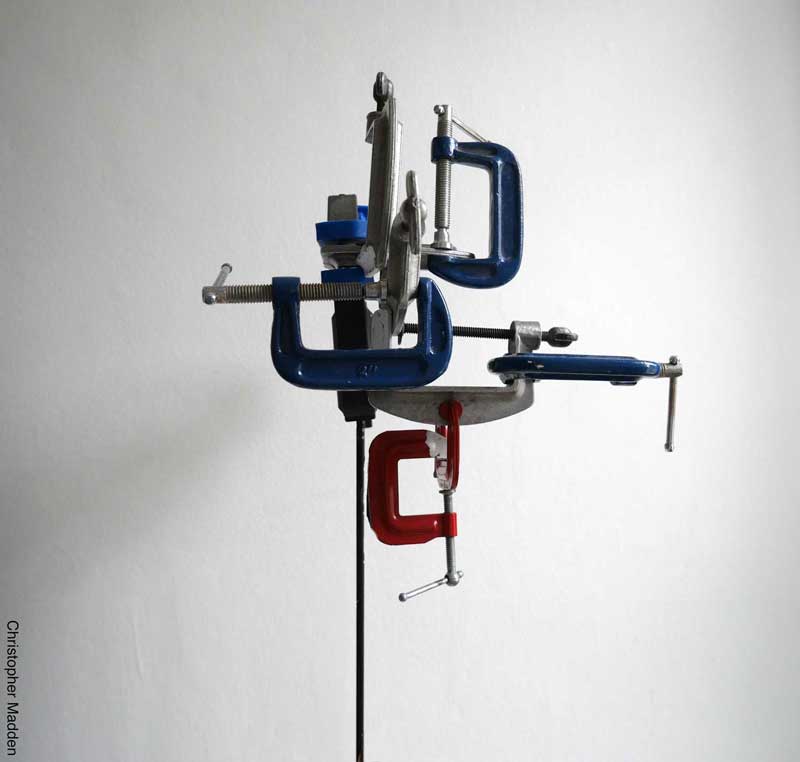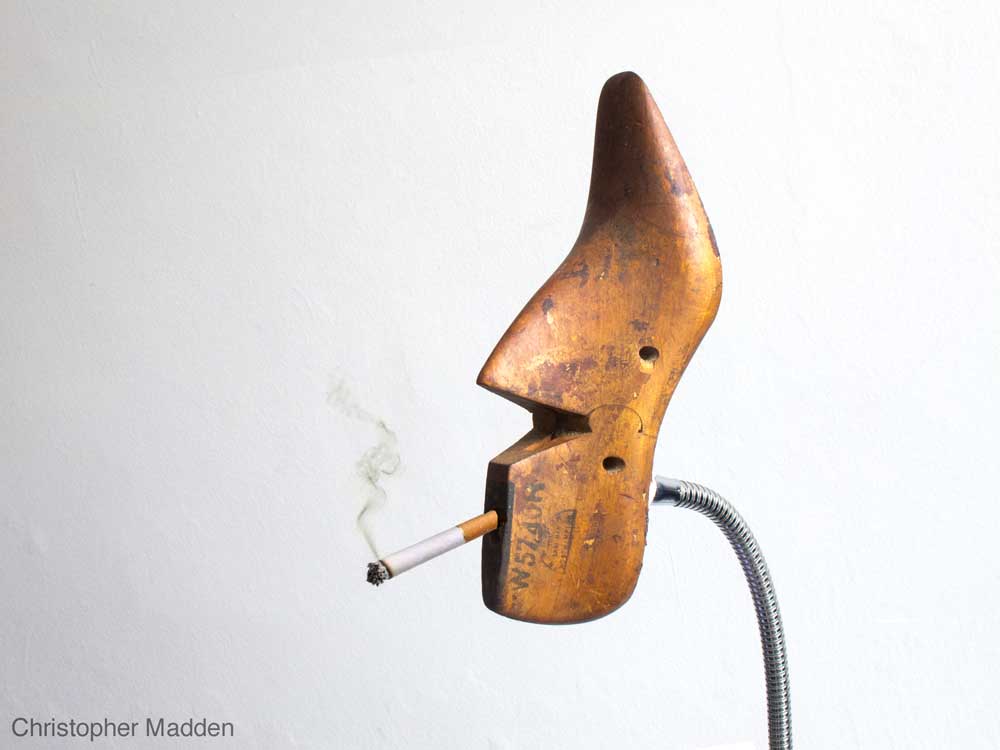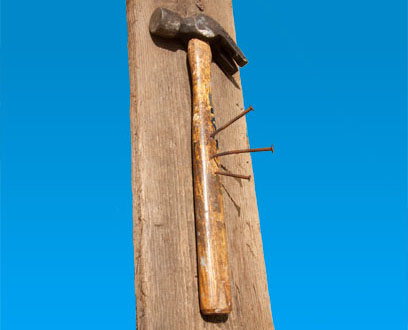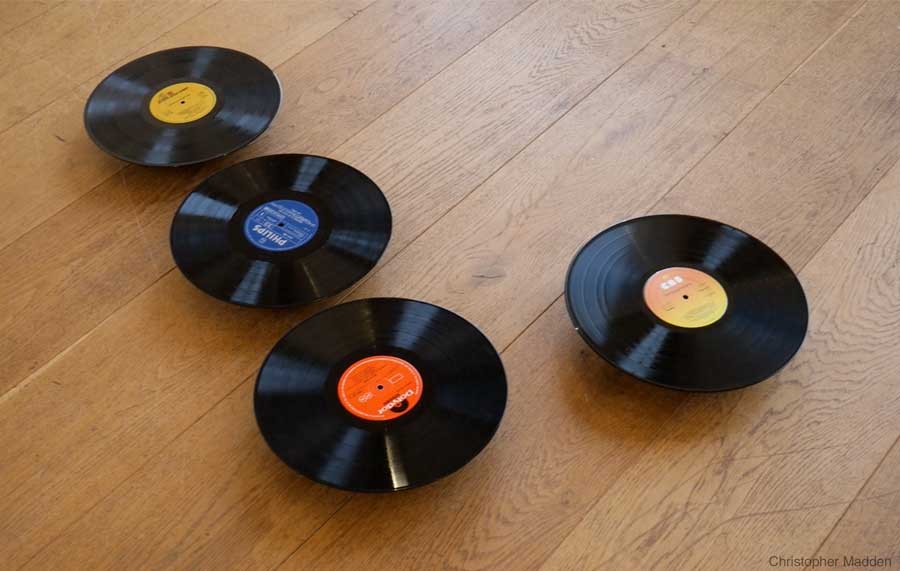
Floor assemblage: vinyl records
12 inch vinyl records Dimensions variable May 2022
A sculptural work composed of a number of 12 inch vinyl LP records arranged on the floor. The records are placed on blocks to hold them above the floor.
These photos were taken at my solo exhibition at Tremenheere Sculpture Gardens, Cornwall, in 2022.
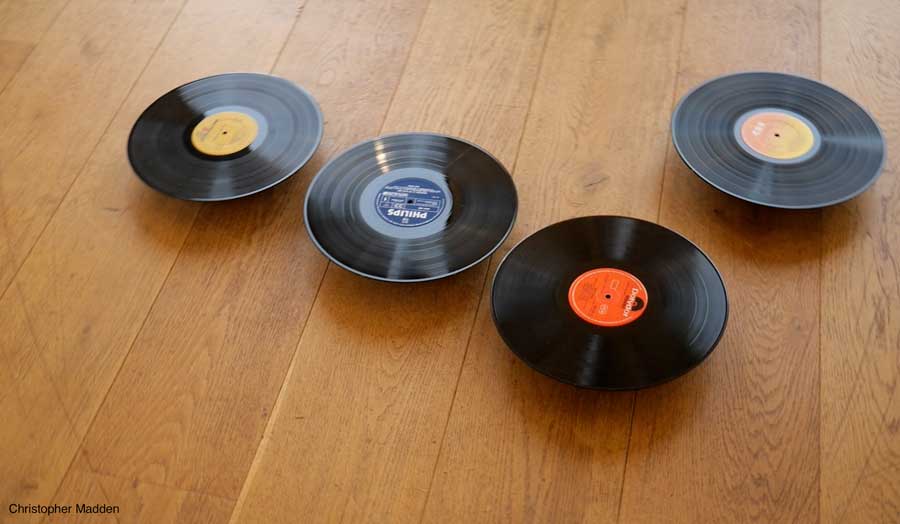
Part of the appeal of this work, to me, is in the fact that the vinyl records of which it is composed are ruthlessly precise and austere in their physical presence – perfect discs of shiny black plastic – but that they contain in themselves the information for producing music, perhaps the most ethereal of art forms. The manner in which the discs seem to hover above the ground seems to link the physical nature of the records with the floating, insubstantial nature of music. The physical delicacy of the analogue information storage system which contains the information about the music on the disks (the grooves) is also significant.
There’s another work composed of vinyl records here.


